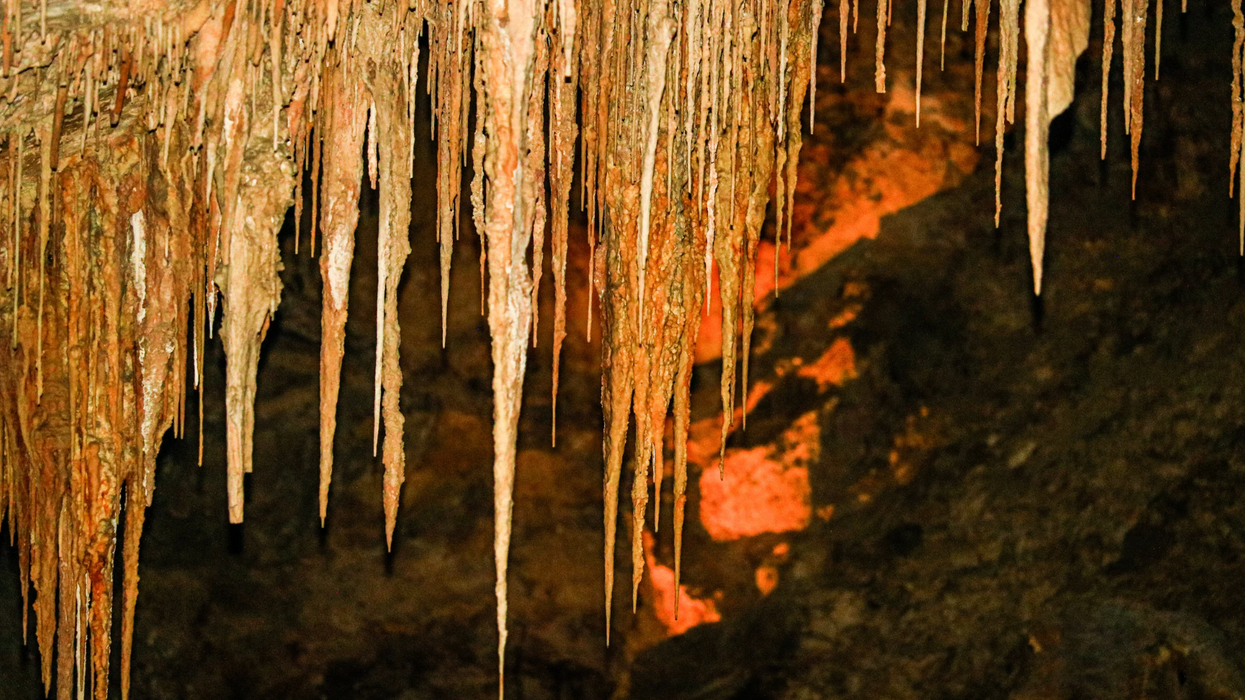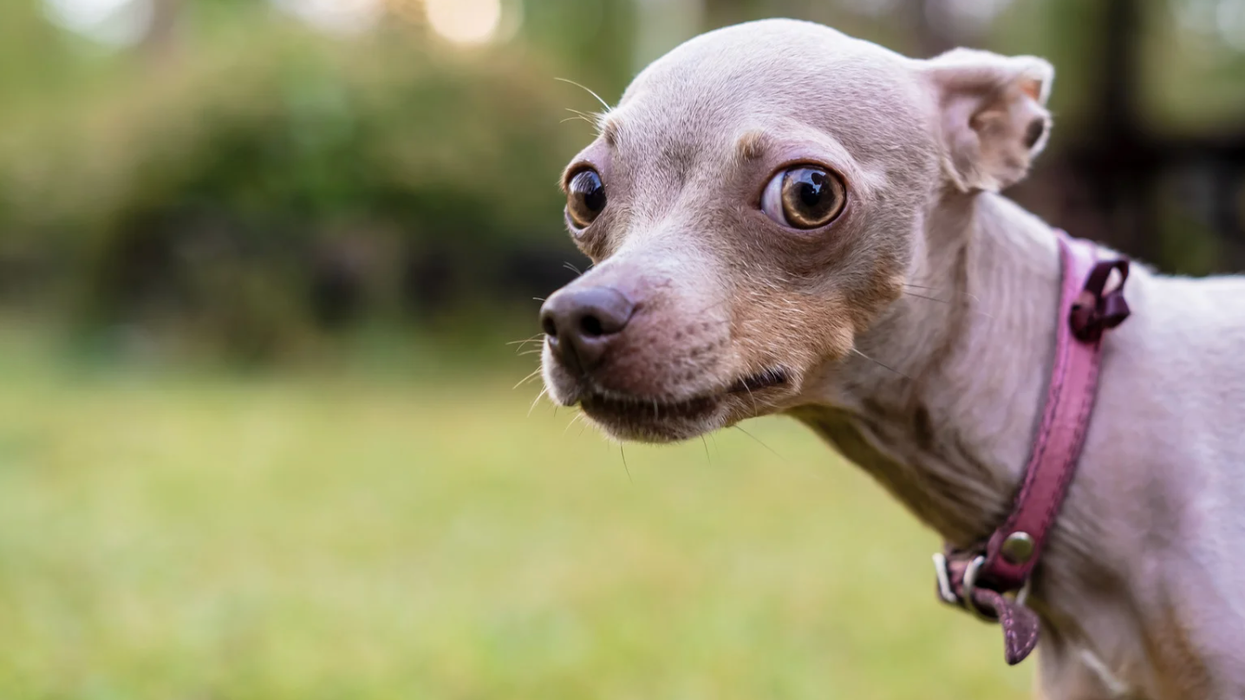Japan is just now beginning to see the food chain trauma from nuclear radiation around the damaged Fukushima plant. While the radiation may disperse in the vast Pacific Ocean, rather than pooling on land and in food crops, it's worth revisiting the food growing around one the 20th century's worst nuclear disaster—the exclusion zone around Chernobyl.
Twenty-five years after the Ukrainian disaster, thousands of wild boars roam the region in quantities that haven't been recorded for centuries although the idyllic, preindustrial conditions come with a post-apocalyptic amount of radioactive strontium and cesium. In Outside magazine, Henry Shukman writes about visiting a family there:
Ivan the son is busy wiping down the table, spreading out sheets of newspaper for all the foodstuffs: eggs from chickens pecking under our feet, tomatoes from the garden, bread, a bowl of tiny forest raspberries, a whole dried river fish, crystallized and orange from its time smoking in a homemade stove. It's all local and it all looks great, but most tempting of all are the mulberries hanging above my head. They resemble elongated blackberries, and there's something about the way they're growing among the elegant oval leaves of the tree that makes them irresistible. I'm dying to reach up and grab one, but they frighten me. We're only ten miles from the power station.
The story is a powerful read, one that reminds us of the enduring effects that our energy policies have on food. Moreover, it's incredible that decades after the disaster, wildlife has returned and scientists say animals appear to show little evidence of increased mutations. That said, The New York Times reports on another study that said the risk for thyroid cancer has yet to decline for those who may have eaten contaminated food. And as Robert Baker, a biologist who co-directs the Chernobyl Project, explained to NPR:
[The area] certainly will recover in time.... But it may be that for growing food that we want to feed to our children, that won't be acceptable for 100 or 300 years.
Photo by Flickr user (cc) Pedro Moura Pinheiro
















 Otis knew before they did.
Otis knew before they did.